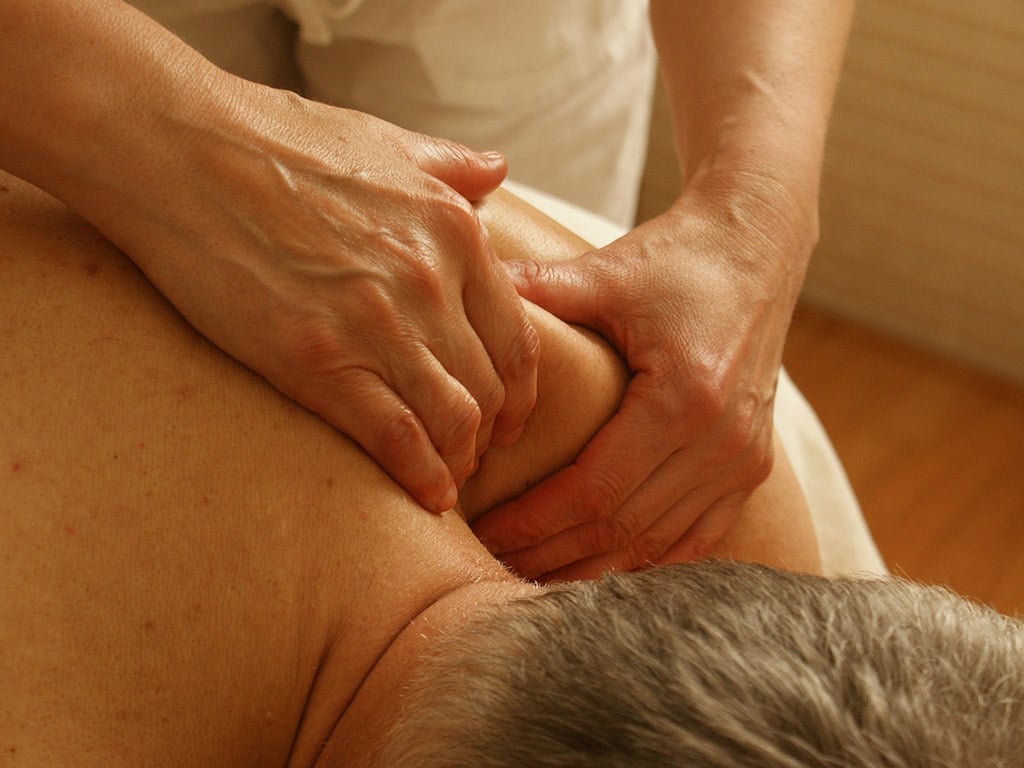Pressure Point Therapy
What Are Trigger Points and Pressure Points…..
Trigger Points also known as pressure points, are a dysfunction that occurs at the point where a nerve enters a muscle. Trigger Points result in muscles which have been traumatized by accidents, sports, occupational stress, and overuse. Once a Trigger Point develops, it can remain for life unless properly treated.
The Trigger Point restricts motion of the muscles and decreases circulation, depriving the muscle of nutrients and oxygen and resulting in a collection of metabolic waste that cannot be properly filtered away. These wastes excite pain nerve endings and can also damage them. The decrease of nutrients to the muscle increases spasm and inflammation. Pain is now being caused by mechanical (pressure) and chemical (waste product) stimulation.
This nasty cycle continues until treatment occurs. Referred pain occurs somewhat mysteriously. Pain signals in the body that come from several sources are known to merge into a single nerve at the spine before continuing on to the brain. As these signals merge, it becomes possible for mistaken impressions as to the true source of the pain to occur.
Additionally, Trigger Points create shortened muscles which often compress nearby nerves. This compression irritates the nerve and distorts the nerve signal transmissions. This can lead to irregular sensations such as numbness, tingling, and burning. The Brachial Plexus is a network of nerves originating in the neck, and supplying the neck, upper back, shoulders, arms, forearms, and hands. This explains why many Trigger Points found in the neck and upper back can lead to pain and dysfunction throughout the upper body.
Shortened muscles can also compress nearby arteries and veins. Decreased blood flow in an artery can lead to decreased temperature (i.e. cold hands and fingers), while decreasing blood flow in the veins can lead to swelling in the hands and fingers.
Finally, Trigger Points make movement of the muscles themselves difficult. Stretching or contracting muscles affected by Trigger Points can cause intense pain, and the body responds by trying to protect itself—a phenomenon called “splinting” or “guarding.” Over time the muscles stiffen, and can even form scar tissue, which further immobilizes them. What was originally decreased movement based on trying to avoid pain ultimately results in the incapacity of the muscle to move correctly

What to Expect on Your First Pressure Point Therapy Session.
Perhaps a friend gave you a gift certificate for a pressure point therapy session or you heard us on the radio, either way we are here to help you de-stress.
If this is your first pressure point therapy session, you will be greeted by our friendly staff. You will be asked to fill out a brief health questionnaire. This will allow us to effectively target your pressure points and help us get the relief you are looking for.
We will target the pressure point that are contributing to your suffering. This session also includes a consultation with Dr. Anthony and he will make any recommendation for your health. This is your chance to ask questions.
Many patients report that they feel much lighter, less stressed and experience significant pain relief from with pressure point therapy.
